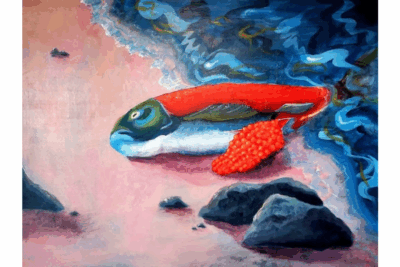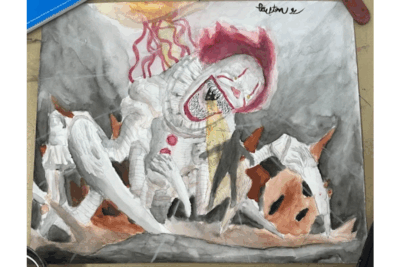Confession: the only sport that interests me involves ice skates, spandex and an abundance of glitter.
Since the2014 Olympics started exactly a week ago in Sochi, Russia, I’ve been in heaven. I’ve been binging on figure skating, and with the changes to this year’s Olympic format, figure skating has taken on a fresh importance.For the first time ever, not only is figure skating a competition of individuals, but of teams.
As a crotchety old curmudgeon who views any sort of change with suspicion and disdain, I initially was offended that the Olympic committee even dared to suggest a change in format. After all, hadn’t we been fine with individuals placing for the past 21 Olympics?
But once I got over my mule-like refusal to budge on my disapproval and took the time to figure out what the figure skating team event entailed, I found myself not only in support of these changes, but unabashedly thrilled.
Sunday night was the last night of the team event, and it was like my own personal Superbowl. For the past two days Russia and Canada had been dominating. But who would win?
For those of you who do not understand what the big deal about the team event was, allow me to break it down for you: team event plus individual events equals a plethora of skating.
Usually, figure skating and ice dancing pairs and individuals each compete in the short program, and then, if their scores are high enough, they get to compete in the grand poo-bah of all figure skating events: the free skate. The individual or pair who has the highest combined score (short program score plus free skate score) is awarded the gold medal in whichever group to which they belong (ice dancing, pairs, ladies singles or men’s singles). Then, it’s over.
The team format this year allowed a full extra three days for us skating nerds to watch Olympians perform. In the team event, each country had the opportunity to build the “perfect team,” which meant they had their strongest contestants in each event compete and represent their country.
The scoring was simple: each event, the top ten countries were awarded whichever amount of points their rank in the event allowed them. To illustrate, in the men’s short program last Thursday, Japan’s Yuzuru Hanyu was first, Russia’s Yevgeny Plushenko was second and Canada’s Patrick Chan was third. Therefore for that event, Japan got 10 points, Russia got 9 and Canada got 8 (and so on down the top ten countries).
Each event ranking score was added together, and at the end of the three days, the Russian team won gold, Canada won silver and the U.S. won bronze. And now that anyone from those three teams is a 2014 Olympic medalist, we get to watch them skate again, this time in hopes of winning individual medals. And I couldn’t be more excited
What is it about figure skating that fascinates me so much? Perhaps it’s the costumes: feathers, sequins, neon spandex, and Swarovski crystals abound. Or maybe it’s the fact that this is one tough sport that talented skaters have the ability to make look effortless. Or maybe it’s the drama that’s always been a part of figure skating.
Whatever the reason, I can’t wait to keep watching.


